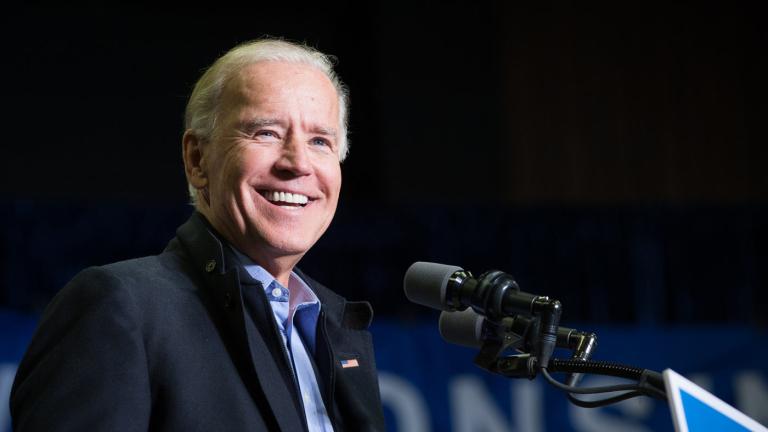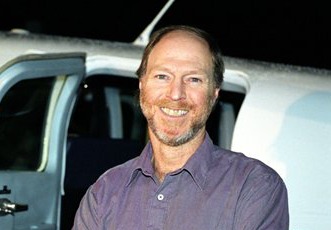
Dan Jaffe
“Do coal and diesel trains make for unhealthy air?”
Dan Jaffe, an atmospheric sciences professor at the University of Washington-Bothell, thinks that’s a fair question to consider as Washington state grapples with whether to allow the construction of coal-export terminals that could triple the amount of daily coal-train traffic chugging through the state.
But Jaffe, whose lab has published more than 100 peer-reviewed papers on air pollution, hasn’t been able to scare up funding to research the potential air-quality impacts of those coal trains. In the absence of dollars from the usual government or corporate channels, he has turned to the internet to crowd-fund this vital research. Jaffe started a page on Microryza, a sort of Kickstarter for scientific research (a great idea with a name that unfortunately does not roll off the tongue). He writes:
Coal trains may … leave behind a trail of fine coal dust in the air that is hazardous to [breathe]. In Washington State, there are proposals to substantially increase the number of trains carrying coal through our region. Yet we know almost nothing about the impact these trains will have on air quality along the rail lines. Before these decisions are made, it is essential to gather high quality scientific data on the impacts trains currently have on air quality in the region so that we can accurately forecast the environmental impact the increased train traffic would have on our region. Ironically, while state and local agencies appear to support this type of work, they have been unable to identify a funding mechanism. Thus, we believe crowd-funding is an appropriate way to support this project.
As of this writing, the project had raised almost $16,000 of its $18,000 goal.
Jaffe is wading into one of the most contentious environmental battles in the country. At a series of public hearings in the state last fall intended to gather input on what an environmental review of proposed coal-export terminals should study, attendees — the vast majority in opposition to the terminals — pleaded with county, state, and federal representatives to consider all the myriad impacts of the plan: the coal mining in Montana and Wyoming, the coal trains traversing several states and slicing through busy cities, the increased shipping traffic through Puget Sound’s scenic waterways, and the climate impacts when all that coal is eventually burned. Terminal supporters, on the other hand, argued that the environmental impact statement should look only at the effects of the terminals themselves. The government still hasn’t decided what the review will include.
But no matter what the official environmental impact statement ends up covering, it looks likely that Jaffe’s research will be funded and, once completed, available online to anyone who cares to read it. The use of his crowd-funding strategy in such a high-profile, high-stakes environmental battle adds an interesting twist to the usual David-and-Goliath tale of grassroots activism vs. corporate interests.
Seattle Times columnist Danny Westneat writes:
What’s fascinating about Jaffe’s experiment is that big industrial developments like coal terminals have long been able to limit official study of their projects. …
But the Web makes this framework moot. There’s now little stopping a determined scientist from going rogue — from studying whatever he or she wants and submitting the results straight to the court of public opinion.
If funded successfully, Jaffe’s research will take place this summer, with data analysis following over the fall and winter of 2013-2014. The government’s final environmental impact statement will not be issued until 2014 or 2015. Stay tuned.



